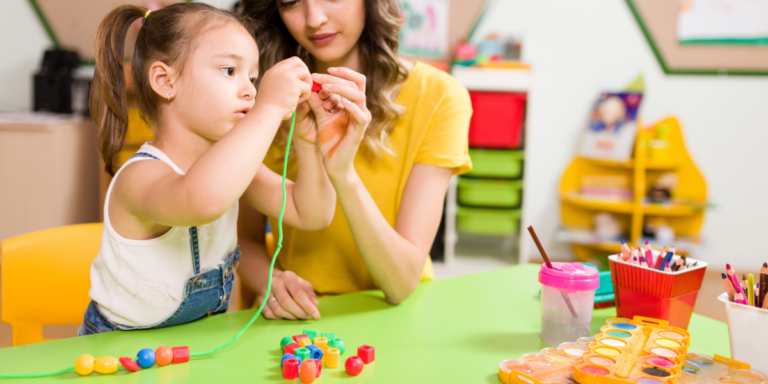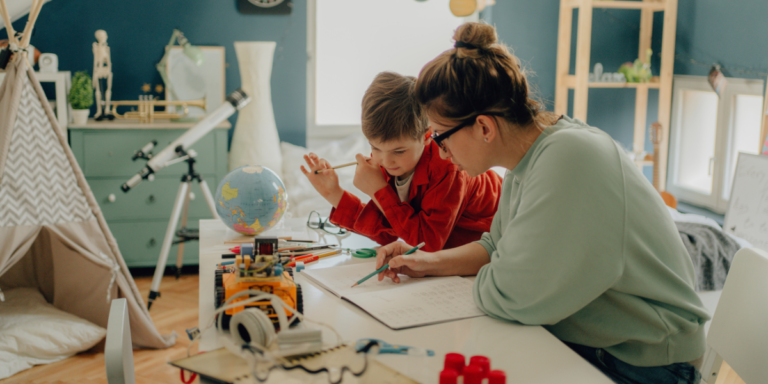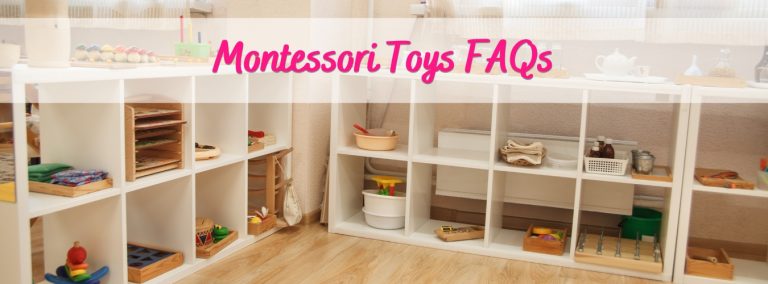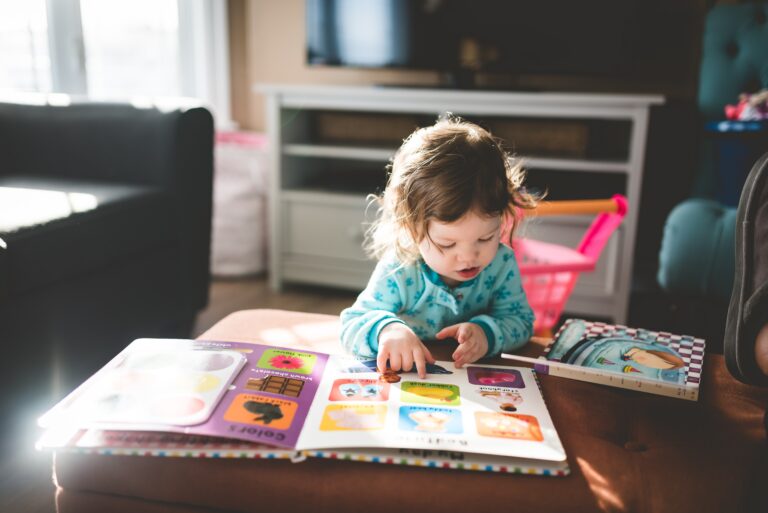The Montessori Way of Education: 10 Montessori-Inspired Principles
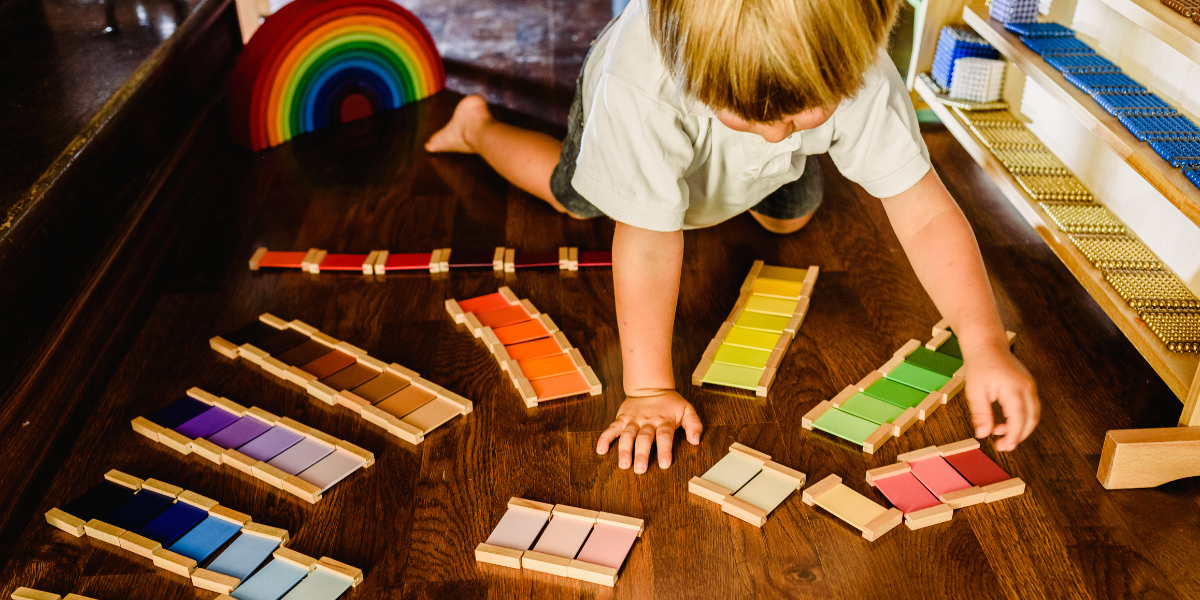
The Montessori method of education has been around for over a century, and it has continued to gain popularity around the world. Its principles are based on the teachings of Dr. Maria Montessori, an Italian physician and educator who believed that children learn best when they are free to explore and discover at their own pace. In this article, we will explore the Montessori-inspired principles and the Montessori way of education.
The Montessori method is centered on the idea that children are natural learners and that they should be given freedom to explore and learn in a prepared environment. This environment is designed to meet the needs of the child and to foster their natural curiosity and desire to learn. The Montessori classroom is a place where children can work independently or in small groups, using hands-on materials that are designed to promote learning through exploration and discovery.
What Does a Typical Montessori Classroom Look Like?
Instead of traditional desks and chairs, Montessori classrooms are filled with a variety of learning areas. There may be a reading area, a science area, a math area, and a creative area. Students are free to move around the classroom and choose the learning area that interests them the most.
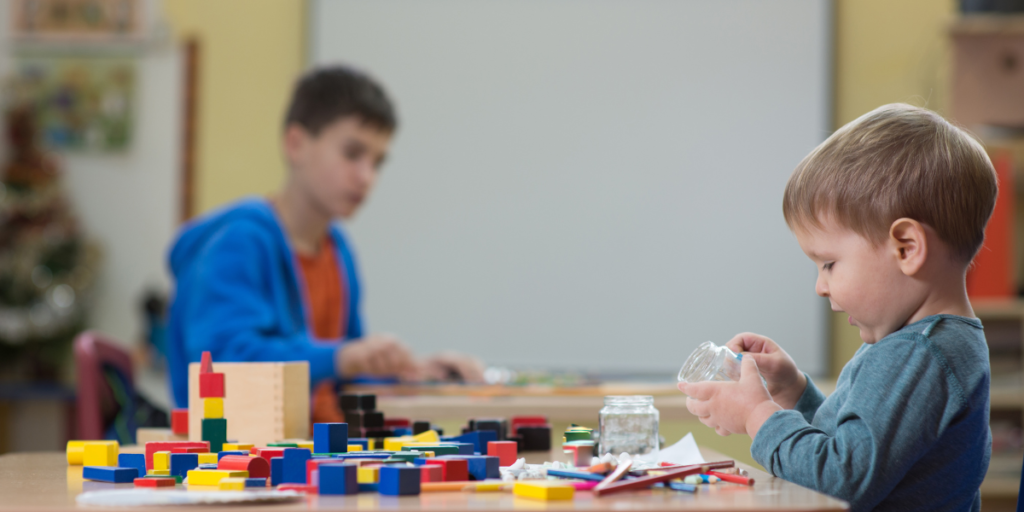
10 Montessori-Inspired Principles
1. Respect for the child
Montessori educators believe that every child is unique and has their own strengths, interests, and learning styles. They strive to create an environment that supports each child’s individual needs and interests, allowing them to develop at their own pace and in their own way.
2. Emphasis on practical life skills
Montessori educators believe that children should be taught skills that are relevant to their everyday lives, such as cooking, cleaning, and caring for themselves and others. These skills help children to develop independence, self-confidence, and a sense of responsibility.
3. Learning through their senses
Children are provided with a wide range of materials that are designed to appeal to their senses, such as colorful beads, textured fabrics, and musical instruments. These materials are used to teach concepts such as math, language, and science in a way that is engaging and meaningful to the child.
4. Strong emphasis on social and emotional development
Children are encouraged to work collaboratively and to respect the needs and feelings of others. They are taught to communicate effectively, to solve problems, and to develop a sense of empathy and compassion for others.
5. Hands-on learning
Montessori classrooms are filled with a variety of materials that allow children to explore and discover concepts through touch, movement, and exploration. These materials are designed to be self-correcting, so students can learn from their mistakes and build their understanding of concepts over time.
6. Collaborative play
Montessori classrooms are designed to encourage social interaction and collaboration. Students work together on projects and activities, learning how to communicate and problem-solve with others.
7. Working at their own pace
Montessori classrooms are often structured in multi-age groups, which allows students to progress at their own speed and work on tasks that are challenging but not overwhelming. This helps to build confidence and a sense of accomplishment, which in turn leads to a love of learning.
8. Taking ownership of their own learning
Children are given the freedom to choose their own work and to work independently or in small groups. They are encouraged to set goals and to develop a sense of responsibility for their own learning.
9. Using specially designed materials
These materials are carefully crafted to help students develop specific skills and concepts. For example, the Montessori math materials are designed to help children understand abstract mathematical concepts through hands-on learning experiences.
10. Setting up prepared environments
Montessori classrooms are carefully designed to promote exploration and discovery. The materials and activities in the classroom are carefully chosen to meet the needs and interests of the students. The classroom is also organized in a way that allows students to work independently and collaboratively.
The Bottom Line
In conclusion, the Montessori method of education is a unique and effective approach to teaching and learning. By emphasizing hands-on learning, self-directed activity, and collaborative play, Montessori classrooms create an environment that supports the natural curiosity and development of children. It provides a comprehensive and holistic approach to education that prepares children for success in all areas of life.

